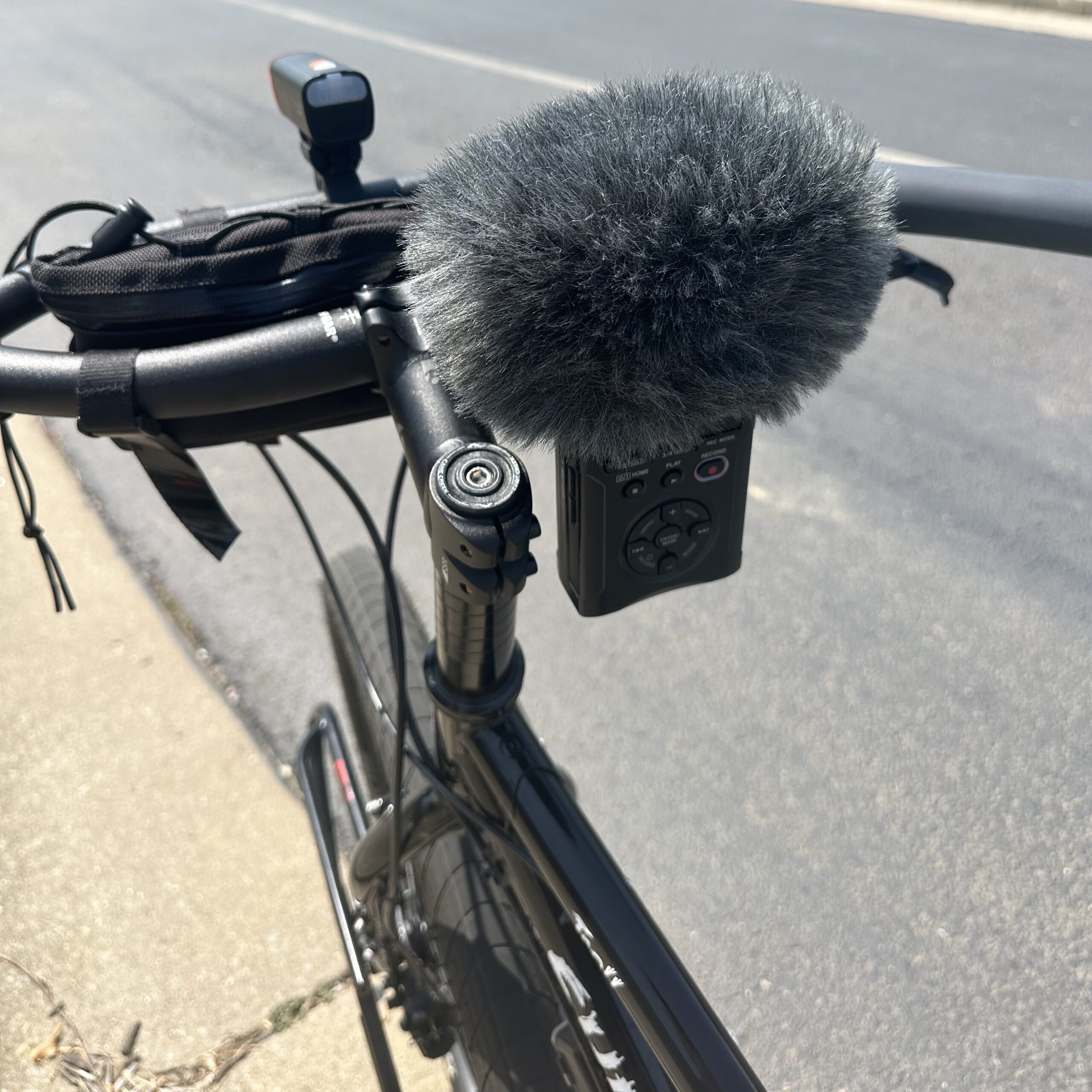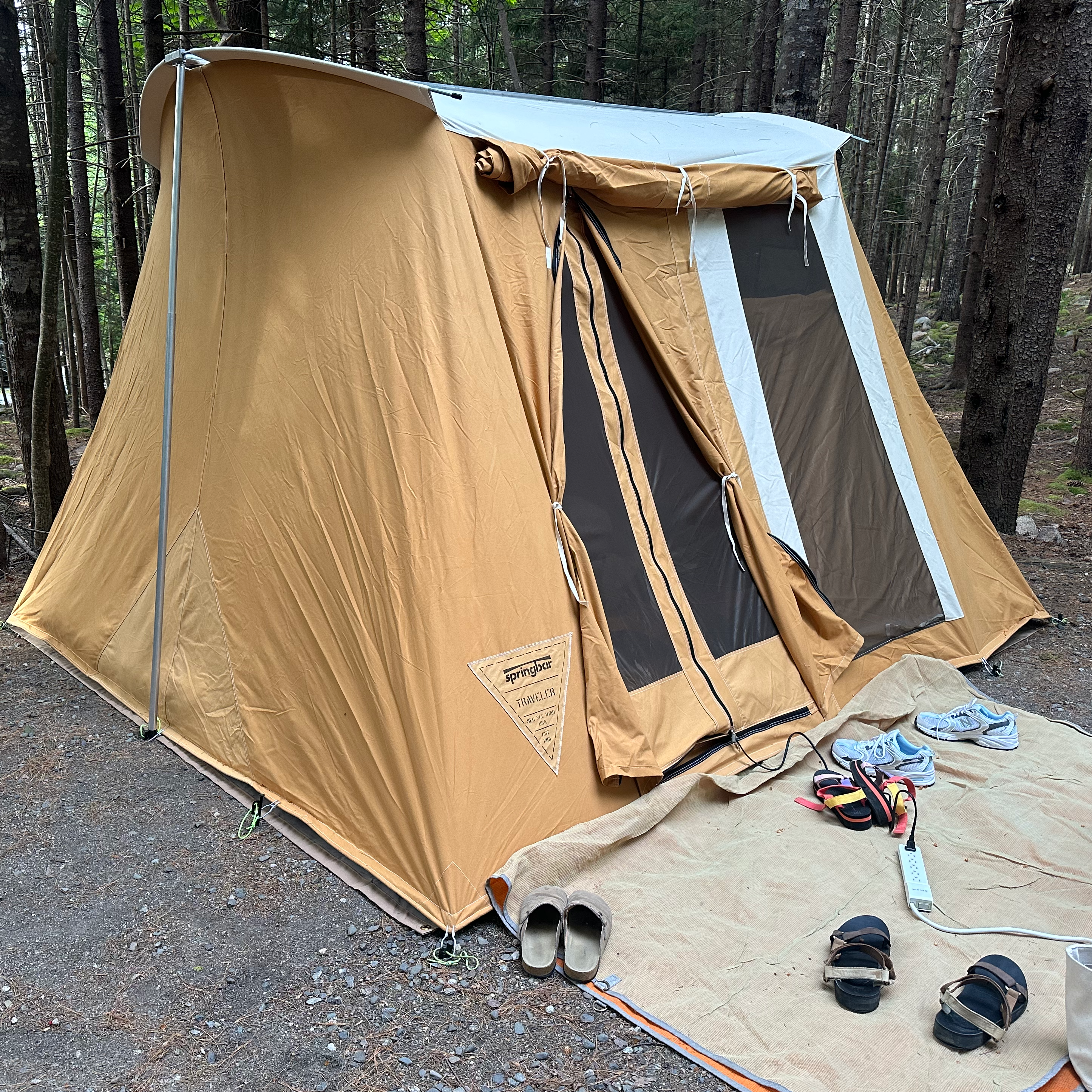Category: Podcast
-
Deity PR-2 Review
I got a Deity PR-2 belt pack recorder, and so far it’s a keeper it’s revealed a fatal flaw. While I’m a hobbyist/general purpose audio guy I thought this could be a nice recorder form factor to have. Here are my thoughts: Like Dislike Living with it UPDATE: Unfortunately, after living with the unit for…
-

Recording decent audio while cycling
So I decided to try to figure out a way to record audio while riding a bike. And what I mean is, like, podcast style audio, not so much the sounds of the bicycle itself. I got to thinking about this watching YouTube videos by Tim Fitzwater and he’s got this great style where he…
